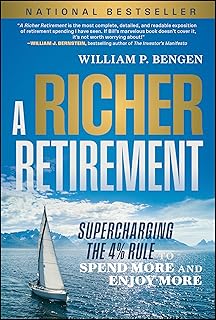Superannuation tax concessions have been a contentious issue, with the government proposing changes to address what many perceive as an unfair advantage for the wealthiest Australians. Currently, superannuation earnings are taxed at a concessional rate of 15%, a significant benefit for most individuals and a substantial advantage for the affluent who would face a 45% tax rate on such income if not for this concession.
The rationale behind these tax breaks is to incentivize saving for retirement and reduce the strain on government resources by lessening reliance on the age pension. However, critics argue that the system is being exploited, with the wealthiest 10% receiving substantial tax breaks amounting to billions of dollars annually.
With the total cost of superannuation tax breaks nearing $60 billion annually, almost equivalent to the expense of the age pension, calls for reform have grown louder. The proposed reform targets super balances exceeding $3 million, increasing the tax rate on earnings from these balances to 30%, still lower than the standard income tax rate of 45%. This adjustment aims to reduce the tax advantage for the wealthiest Australians, ensuring a fairer distribution of benefits.
Opponents of the reform have raised concerns about the threshold not being indexed to inflation, suggesting that over time, more individuals will surpass the $3 million mark in their super accounts. However, projections indicate that even in the distant future, only a small percentage of the population, particularly the wealthiest, will be affected by this change.
While estimates suggest that hundreds of thousands of taxpayers, including a significant number under the age of 30, could potentially exceed the $3 million threshold in the future, the actual impact on the broader population remains minimal. The fear-mongering surrounding the reform appears exaggerated, considering the modest proportion of individuals likely to be affected.
Advocates of the reform emphasize the need for a fairer and more sustainable superannuation system, highlighting the importance of addressing inequities in the current tax regime. By curbing excessive tax benefits for the wealthiest individuals, the proposed changes aim to promote a more balanced and efficient superannuation framework that benefits a broader segment of the population.
As the debate on superannuation reforms continues, experts stress the significance of maintaining a progressive tax system that ensures equity and sustainability in retirement savings. By addressing loopholes and excessive concessions, policymakers can enhance the effectiveness of superannuation as a retirement savings vehicle while promoting social welfare and economic stability.
In conclusion, the proposed changes to superannuation tax concessions represent a crucial step towards creating a more equitable and inclusive system that prioritizes the long-term financial security of all Australians. By recalibrating tax benefits to reduce disparities and encourage responsible saving practices, these reforms aim to strengthen the superannuation sector and enhance retirement outcomes for individuals across the socioeconomic spectrum.
📰 Related Articles
- Proposed Tax Reforms Target Superannuation Inequality in Australia
- Tax Expert Urges Superannuation Reforms for Fairer Retirement System
- Superannuation Guarantee Increase to Boost Australians’ Retirement Savings
- Proposed Tax Changes on Superannuation Funds Impact Investment Landscape
- Political Honesty Challenges Tax Reforms and Superannuation Sustainability





